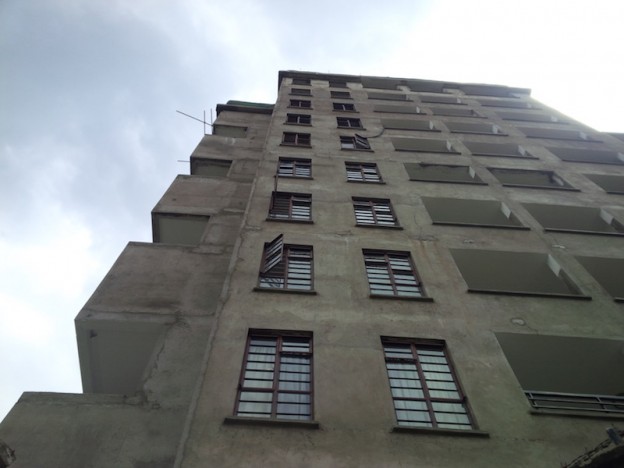Spire Bank shareholders will hold an extraordinary general meeting at the end of November 207 to approve an increase in bank capital that has been eroded by recent losses at the bank.
At the November 27 EGM, shareholders will approve the creation of 100 million new shares, worth Kshs 500 million that will be allocated to Equatorial Commercial Holdings. Kenyan banks are to have a minimum core bank capital of Kshs 1 billion, and as at June 2017, Spire’s capital was down to Kshs 1.6 billion and the bank had a half-year loss of Kshs 307 million coming on the back of a 2016 loss of Kshs 967 million. Spire had Kshs 13 billion assets, Kshs 6.4 billion loans, and Kshs 7.6 billion deposits as at June 2017. But interest income and total income at the half-year was sharply down from that in June 2016 which could point to their performance trend for the end of 2017.

In 2015, Mwalimu SACCO one of the country’s largest credit societies bought out and rebranded the former Equatorial Commercial Bank as Spire. Equatorial had itself been formed from a merger between Southern Credit and Equatorial banks in 2010.
Mwalimu SACCO has Kshs 37 billion in assets and Kshs 3 billion profit in 2016 and has over 70,000 members as owners. This is the second bank capital injection by Mwalimu at Equatorial after another with the buyout. The shares will be allocated among Equatorial Commercial Holdings which owns 98% of Spire bank has shareholders including Mwalimu National Holdings (75%), Yana Towers (10%), A.H. Butt (8%), Yana Investments (6.75%, and who also own 11% of CBA) and N.N. Merali (0%).

